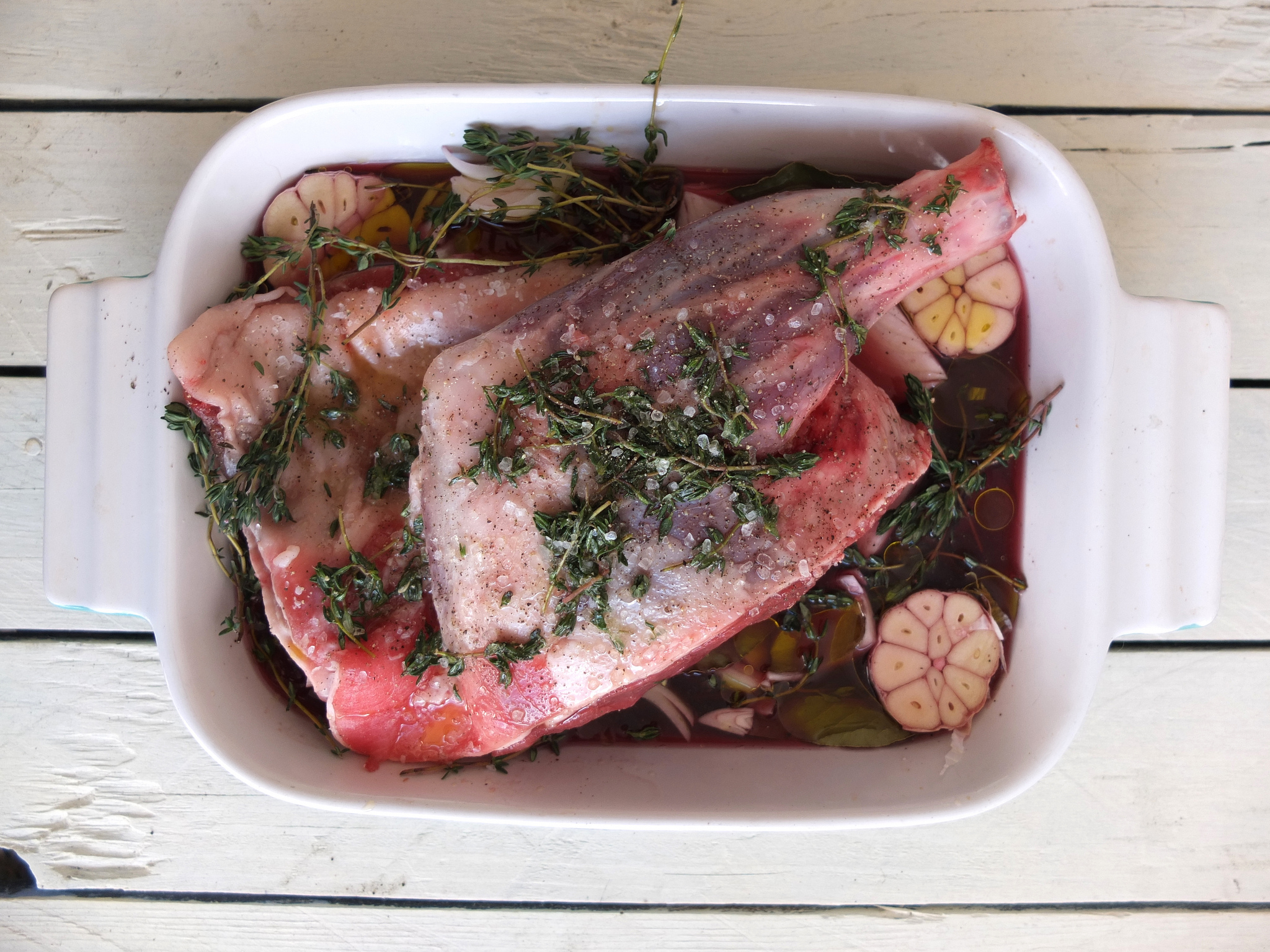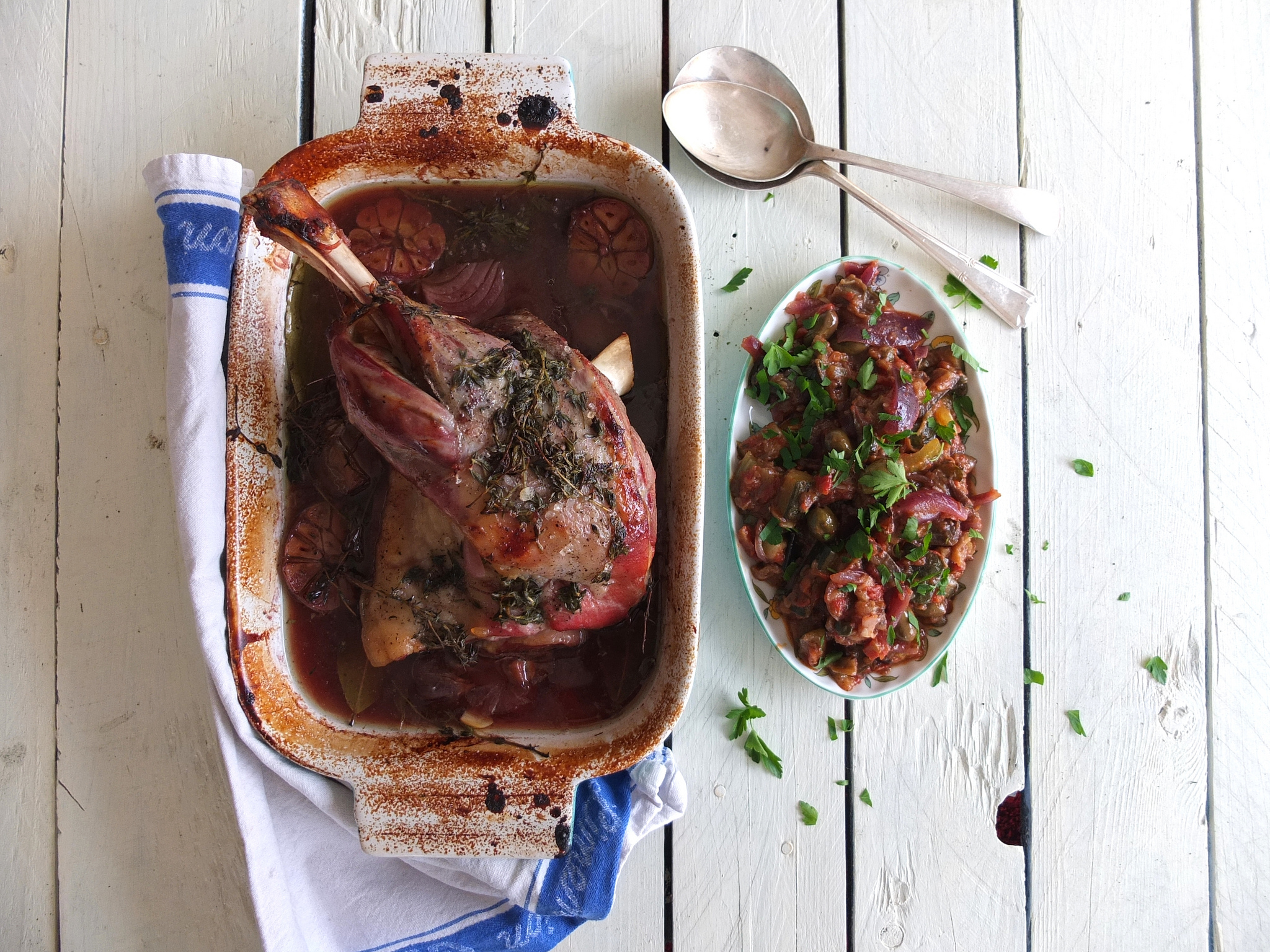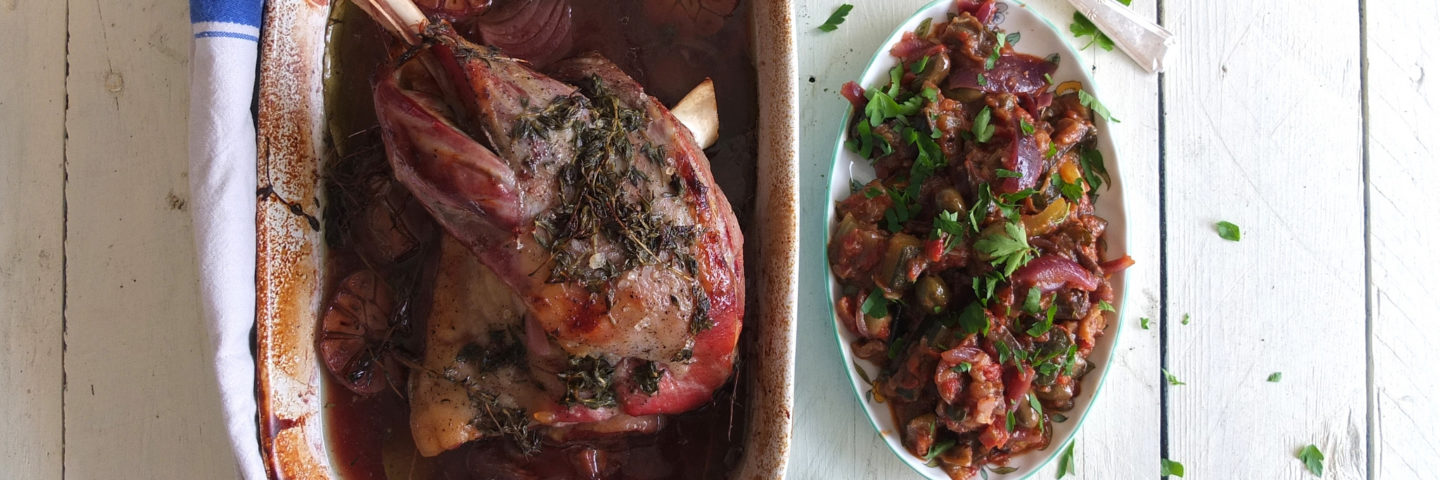[twitter style=”horizontal” float=”left”]
[fblike style=”standard” showfaces=”false” width=”450″ verb=”like” font=”arial”]
This being my first post about food and wine matching, I must own up to something straight away: I used to be scared of wine. Not scared it was going to hurt me (although of course that has happened), but intimidated by the way some people pretend it’s all part of a secret club that’s very hard to get into.
Wine should not be used as a status symbol, or to make other people feel inferior if they don’t know their Sancerre from their Sauvignon. The word ‘accessible’ almost sounds clichéd nowadays, but the enjoyment of wine should not be the preserve of those who are apparently able to ‘fully’ appreciate it. Anyone can appreciate wine, and food and wine matching is nowhere near as hard, or easy, or anywhere in between, as people make out. It’s simply a question of trial and error – one might taste a wine and, finding something stony or flinty, wonder if it will go well with oysters, which have similar characteristics.
This brings me nicely to the shoulder of lamb. Having waved goodbye to any insecurities about the adequacy of my palate, I’m free to have fun with combinations, and I like my matches to have a little story behind them. I decided to go Roman.
The wine I have chosen (WineTrust’s 2013 Il Passo, Nerello Mascalese, Vigneti Zabu), comes from the ancient volcanic wine growing region of mount Etna and is made from two indigenous grape varieties: Nerello Mascalese (mostly only found on Etna) and Nero D’Avola (much more common). It’s full of dark herbal cherry accents with a slight sweetness of fruit from the drying of the grapes prior to fermentation.
It was this sweet and sour cherry character that, along with the wine’s Sicilian origin, made me think of agro dolce and the fact that in Sicily they still cook a cuisine very similar to that of the Romans.
The lamb is cooked with plenty of red wine, herbs, honey and – don’t be alarmed – a splash of fish sauce. It’s really not that odd if you consider it cooks out to leave a pleasing savoury funk, a punch of umami not too dissimilar from the Roman’s garum. The resulting roast is sweet, salty and vaguely gamey, full of herbal notes, which compliment the wine so well.
I’ve served it with a sweet/sour caponata, which is a rich Sicilian stew of aubergines, courgettes, olives and other vegetables, piqued with the acidity of vinegar and capers. You have my full permission to recline like an Emperor during consumption.
Roman–style Lamb with Caponata (matched with 2013 Il Passo, Nerello Mascalese, Vigneti Zabu)

1 x ½ shoulder of lamb (around 1.2kg)
1 onion, sliced
2 heads of garlic, unpeeled, sliced in half across the cloves
6 bay leaves
2 sprigs thyme, left whole + 1 tablespoon leaves
200ml red wine (any is fine)
1 tablespoon honey
1 tablespoon fish sauce
Juice ½ lemon
Preheat the oven to 170°C.
Place the onion, garlic, bay leaves, thyme sprigs and the lamb into a roasting tray. Mix the fish sauce, honey, lemon juice and thyme leaves and brush onto the lamb. Season well with salt and pepper. Mix the wine with 200ml water and gently pour this around the lamb (not on top of it).
Put in the oven for 3 – 3.5 hours until very tender.

Caponata
1 large aubergine, cut into 2cm dice
100g celery, sliced into 2cm slices
1 large courgette, cut into 2cm dice
1 tin chopped tomatoes
1 large red onion, sliced
2 tablespoons capers, rinsed
2 tablespoons green olives
1 tablespoon sugar
2 tablespoons red wine vinegar
Small handful parsley leaves, chopped
Olive oil
Heat a couple of tablespoons of oil in a frying pan and fry the aubergine until golden on all sides, then remove to drain on kitchen paper. Do the same with the courgette (adding more oil as necessary).
Add a little more oil and cook the onion and celery until soft and just starting to colour. Add the capers, tomatoes, olives, sugar and vinegar and bring to a simmer. Put a lid on and simmer gently for 45 minutes to one hours, until thick. Season with salt and pepper then leave to cool to room temperature before serving. You may want to add a little more vinegar to taste.
[twitter style=”horizontal” float=”left”]
[fblike style=”standard” showfaces=”false” width=”450″ verb=”like” font=”arial”]

